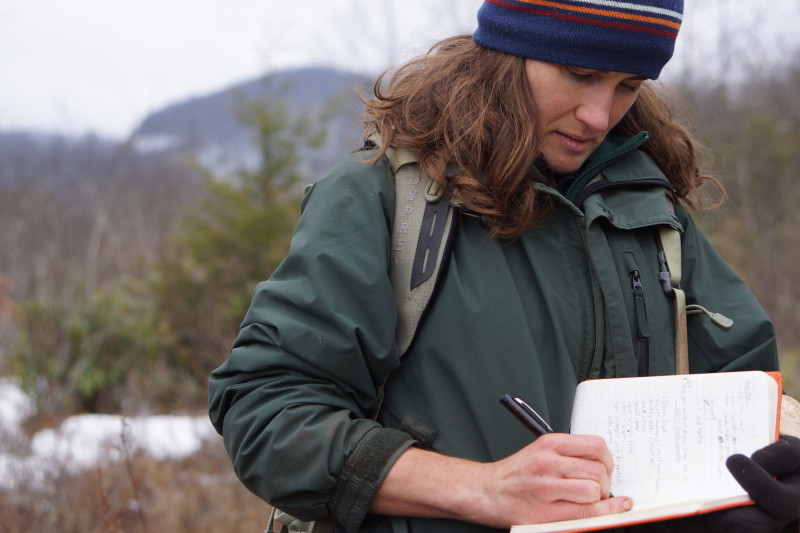Discover Biological Strategies


DISCOVER
Look for natural models (organisms and ecosystems) that need to address the same functions and context as your design solution. Identify the strategies used that support their survival and success.
Tips and suggestions to guide you.
1.
Go outside and look around.
One of the most rewarding ways to connect with what nature has to teach us is to spend lots of time outdoors. While books and online resources contain a lot of great information, there’s no substitute for experiencing nature with your own senses. Cultivate a “naturalist’s mindset” through close observation of the critters in your environment.
Nature Observation Exercises
2.
Keep a nature journal.
Sketching and journaling are great ways to enhance your nature observation skills. Nature journals help us to see the world around us in greater detail and reveal patterns and relationships in our environment that we might miss as we hurry from place to place. It’s amazing what details you’ll start to notice when you draw something. Don’t worry about your drawing skills—everyone can make simple sketches. Work quickly and without judgement – the goal is not to create a great work of art, but to record what you see in nature and your thoughts and questions about it.
Keeping a Nature Journal (2003)


3.
Explore Ask Nature.
The Biomimicry Institute’s Ask Nature website is the most direct way to find natural models for biomimetic design, because it’s organized by function. It’s also a great source for information about novel organisms and biological phenomena that you might never encounter in your own outdoor observations. Use Ask Nature as a starting point to help you find information about organisms and strategies as well as research citations you can follow for more information. If you want to search Ask Nature for multiple functions and see where they overlap you can use Biomole, a tool that shows co-occurrence of functions in list form which link back to Ask Nature strategies.
4.
Read scientific literature.
While Ask Nature is a great resource for initial ideas and inspiration, you’ll likely need to do some deeper research. While there are approximately 1800 strategy pages on Ask Nature so far, it’s still nowhere close to the diversity of life on Earth. And in order to accurately emulate a strategy, you may need more information than Ask Nature’s high-level summaries provide.
There are many additional sources where you can find biological information, both in print or online. Try checking out science news services and magazines like Discover, Science News, National Geographic, and EurekAlert!, which report on nature and biology research. Scientific journals and articles can also be useful and may contain illustrations and magnified images that can help you to better understand a strategy. Google Scholar is a great tool for accessing journal articles and finding links to related papers. Wherever you get your information, make sure it’s from a credible source. Check out the Biology Research reference section of this site for more links and additional advice to get you started.
Reading a Scientific Paper
5.
Talk to biologists and naturalists.
If you don’t have a background in the life sciences, speak with someone who does. Seek out biology students and professors, discuss strategies with a staff person at a zoo or a natural history museum, or post a question to an online forum. Continue the conversation as you move through the design process, to ensure you understand the biological details.
5.
Track your sources.
As you gather your research, be sure to keep track of where you found the information you are using. You may need to revisit these sources for additional details later.
Resources
Nature Observation Exercises
Getting Past the 'Wigglies'
Ask Nature Website
Ask Nature is the world’s most comprehensive library of biological strategies organized by function.
Reading a Scientific Paper
Keeping a Nature Journal (2003)
Nature Journaling Video
Please enable cookies to view this embedded content!
This functionality/content marked as “Google Youtube” uses cookies that you chose to keep disabled. In order to view this content or use this functionality, please enable cookies: click here to open your cookie preferences.
Keep Learning
In the next step of the Design Spiral, Abstract, we’ll explain how to translate biological strategies into design strategies you can apply to your challenge.
Image Credits
Woman sketching: US Fish and Wildlife Service, Gary Peeples, CC-BY


